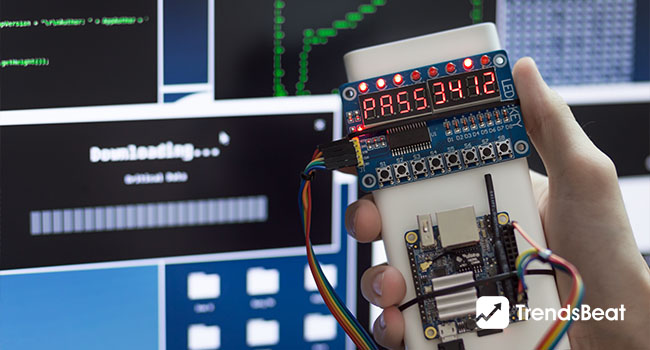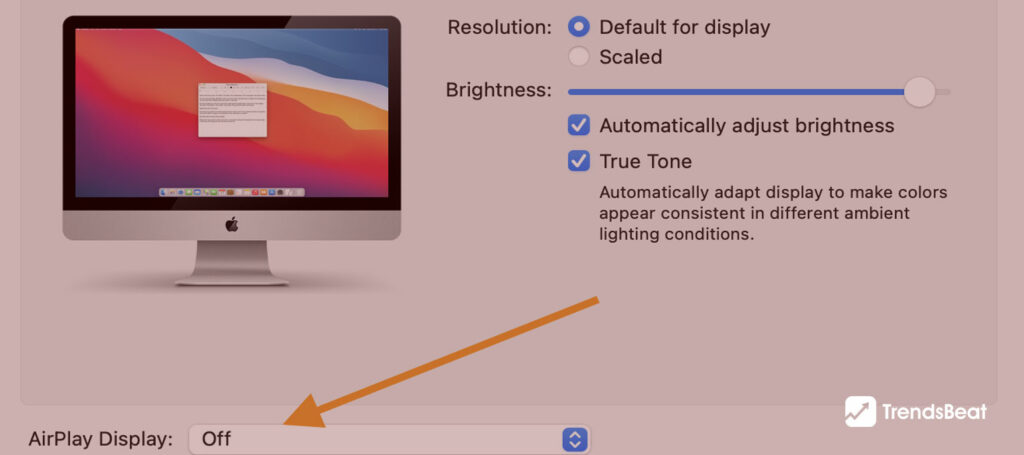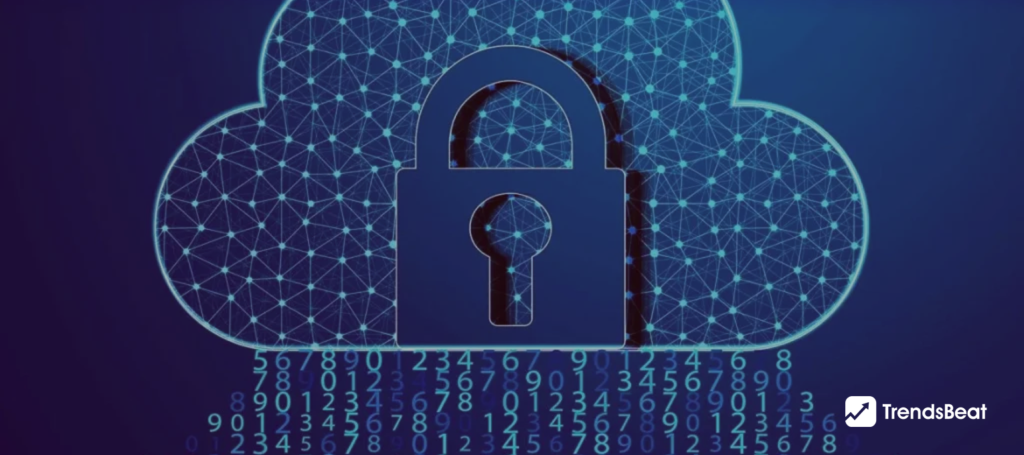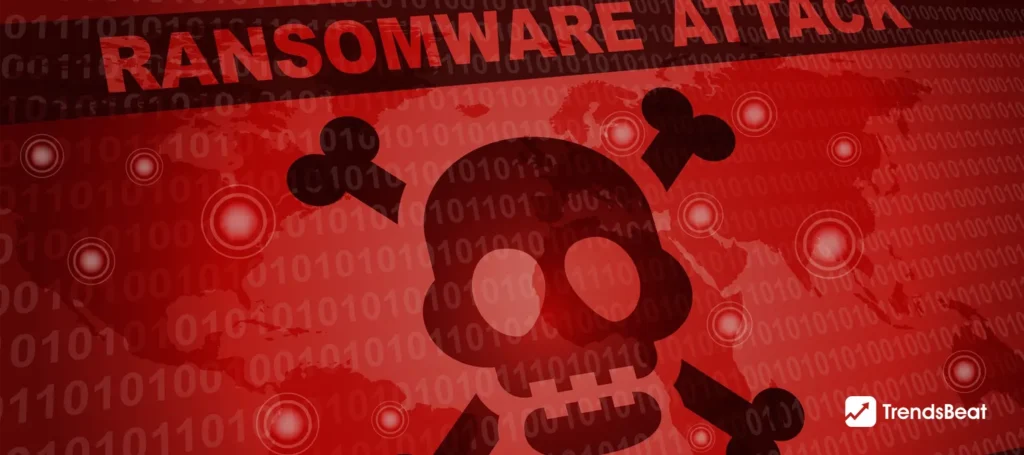What Are Common Cyber Security Attacks? Cyber Attacks Prevention Tactics

Cyber security attacks are any harmful activity that targets IT systems or the users of those systems to obtain unauthorized access to the systems and the data or information they hold. The majority of the time, cyber attackers are criminals hoping to profit from the attack. In other situations, the intention is to obstruct business operations by blocking access to IT systems or, in rare instances, by physically destroying equipment. The latter kind of attack is frequently supported and carried out by states or by cyber criminals working for them.
Cyber security attacks may be directed at particular companies or people, or they may take the form of broadcast attacks that affect numerous companies both locally and internationally. Targeted attacks frequently spread beyond the scope of their intended victims to affect all organizations by stealing their valuable data. In such an environment, it becomes important to protect your data. All-time fear of enemies affects an organization’s growth and true motive.
Common Types Of Cyber Security Attacks
- Phishing
- Malware
- Man-In-The-Middle Attacks
- SQL Injections
- Zero-Day Exploit
- Rootkits
- Password Attack
- Cross-Site Scripting
Ransom ware
The ransom ware malware prevents authorized users from accessing their systems and demands a ransom to allow them back in. A ransom ware attack is made to take advantage of system flaws and gain access to the network. Once a machine has been compromised, ransom ware enables hackers to either encrypt files or prevent access to the hard drive. In ransom ware assaults, the enemy typically requests payment using anonymous crypto currencies. Unfortunately, even after paying the ransom in many ransom ware assault scenarios, the user is unable to restore access. Spyware, viruses, and worms are just a few of the attacks that fall under the umbrella term “malware.” When a user hits a “planted” harmful link or email attachment, the malware takes advantage of the vulnerability to infiltrate the network and install malicious software on the target system.

Phishing
Phishing attacks are very prevalent and include sending numerous bogus emails to unaware consumers while having them believe they are coming from a reputable source. The fraudulent emails frequently look legitimate but actually direct the recipient to a malicious file or script that gives hackers access to your device and allows them to take control of it, gather intelligence, install malicious scripts/files or extract data like user information, financial information, and more. Phishing most dangerous form of cyber security attacks can also occur through direct messages sent by other users with a concealed agenda via social networks and other online forums. Phishers frequently use social engineering and other open information sources to gather Knowledge about your job, hobbies, and extracurricular activities, which gives attackers an advantage in convincing you that they aren’t who they proclaim to be.
Man-In-The-Middle (Mitm) Attacks
One of the most harmful type of cyber security attacks occurs when an attacker inserts themself in the middle of a two-party transaction by intercepting it. Cyber intruders can then disrupt traffic to steal and modify data. A Man-in-the-Middle (MitM) attack takes place when an attacker deceitfully eavesdrops on or modifies traffic between two parties by intercepting communications between them. Attackers may use MitM attacks to destroy communications or corrupt data, steal login credentials or personal information, or spy on the target. MitM attacks include watching or controlling traffic while positioned in between two parties’ connections. This may be accomplished by interfering with trustworthy networks or constructing phony networks under the attacker’s control. Then, compromised traffic is decrypted in order to steal, modify, or reroute it to the attacker’s preferred destination.
Denial-Of-Service (DOS) Attack
A hostile threat actor floods a server with data during a Denial of Service (DoS) assault to block legitimate requests from real clients on the network. Each request is processed by the server using resources (CPU/RAM), and when these resources are overwhelmed, the system’s performance can become erratic. Because the DoS attack targets the primary router or firewall, it can also be carried out on entire networks. The outcome is a reduction in network capacity, which prevents access to all systems on the network, not just the one.
Zero-Day Attacks
A zero-day exploit occurs when cyber criminals identify a vulnerability in popular software programs and operating systems, target the companies that use those programs, and use the weakness to their advantage before a remedy is made available. A zero-day assault is what happens when a hacker successfully exploits a vulnerability before software developers can find a remedy. Due to their capacity to present as any type of more general software weakness, zero-day vulnerabilities can take on nearly any shape. For instance, they might manifest as issues with password security, flaws, SQL injection, buffer overflows, missing authorizations, flawed algorithms, and URL redirection.
This makes it challenging to proactively find zero-day vulnerabilities, which is in some ways advantageous because it also makes it challenging for hackers to discover them. However, it also means that effective defense against these weaknesses is challenging.
Sql Injections
A sort of cyber security attacks known as SQL injection targets SQL databases only. The data in SQL databases are accessed via SQL commands, which are commonly executed using an HTML form on a website. The attacker may be able to use the HTML form to perform queries that would create, read, edit, or remove the data kept in the database if the database permissions have not been correctly specified.
Similar to XSS, a SQL Injection attack involves using system flaws to insert malicious SQL queries into a data-driven application, which subsequently enables the attacker to retrieve data from a database. SQL Injection techniques are used by hackers to change, steal, or delete data. Who is targeted is the fundamental distinction between XSS and SQL Injection. While SQL injection is a server-side vulnerability that targets the application’s database, XSS is a client-side vulnerability that targets other application users. Gamers and the gaming sector are among the most often targeted groups for SQL injection attacks. According to Akamai’s State of the Internet report, attacks on the gaming sector tripled between 2019 and 2020, affecting more than 240 million web users.
Cross-Site Scripting (XSS) Attacks
Common cyber security attacks as Similar to SQL injection attacks, cross-site scripting attacks generally infect additional users who visit the site rather than taking data from a database. A straightforward illustration would be a website’s comment area. An attacker can publish a malicious script that is concealed in the website if the user input isn’t screened before the comment is published. When a user accesses this page, the script will run and potentially infect their computer, steal cookies, or even extract their login information.
They can even only link the visitor to a malicious website. Cross-Site Scripting (XSS) is a type of code injection attack in which a malicious piece of code is injected into a trustworthy website. The code then launches as a malicious script in the user’s web browser, allowing the attacker to steal confidential data or pass themselves off as the user. The websites that allow users to upload their own content, such as blogs, message boards, and forums, are the most vulnerable to XSS assaults. Although an XSS attack targets specific users of a web application, the program or website really has weaknesses. Therefore, by making internal programs accessible through the web or by implementing cloud-based services, firms that needed to deploy a remote workforce may have unintentionally exposed themselves to this form of attack. This temporarily broadened the attack surface.
Password Attack
As you might have guessed, a password attack is a form of cyber-attack in which the attacker tries to guess or “crack” a user’s password. It is possible to crack a user’s password using a variety of methods, additionally, hackers frequently attempt to utilize phishing techniques to get a user’s password.
Rootkits
The term “rootkit” comes from the Unix and Linux operating systems, where the moniker “root” refers to the administrator with the most privileges. The “kit” refers to the software that permits unauthorized root or admin-level access to the device. The malicious rootkit is made to allow hackers access to and control over a target device. Some rootkits can also infect the hardware and firmware of your computer, despite the fact that most rootkits only affect the software and operating system. Although rootkits are skilled at hiding their presence, they are still active while doing so. Rootkits provide hackers unrestricted access to computers, allowing them to steal financial and personal data, install malware, or utilize computers as part of a botnet to send spam and take part in DDoS (distributed denial of service) assaults.

Cyber Security Attacks Prevention Tactics
As we all understand, protecting yourself, your data, and your company from cyber security attacks has grown to be the most difficult task. Every one of us has seen the suffering a single bad deed brings. Preventative measures are the most effective strategy to reduce the risk of a data breach and multiple cyber security attacks. So, we all implement certain crucial prevention strategies to stop the loss and dangerous cyber security attacks. People and businesses should take easy precautions to avoid data breaches and maintain the security of their information. Individuals and companies may thwart hackers and maintain their data privacy by investing in cyber security software, utilizing a VPN, and being informed of typical attack techniques. Any business should use the following essential prevention tactics to avoid any harmful cyber security attacks.
Train Your Employees
Your employees are one of the most distinctive ways cyber criminals obtain your data. They will send phony emails asking for personal information or access to specific files while posing as a member of your company. Untrained eyes frequently mistake links for trustworthy sources, and it’s simple to fall for the trick. This is why the worker’s Knowledge is essential. Training your staff is one of the most effective strategies to prevent cyber security attacks and all forms of data breaches on how to prevent cyber security attacks and update them on recent cyber security attacks.
Update Your System And Software
Cyber security attacks frequently occur as a result of vulnerabilities in your systems or software from out-of-date software or systems. Cybercriminals also take advantage of these vulnerabilities, which hackers use to enter your network. It’s frequently too late to take precautions once they are inside. Spending money on a patch management system to combat this makes sense. The solution will control all software and system updates, maintaining the resiliency and modernity of your system.
Ensure Endpoint Protection
Remotely bridged networks are safeguarded by endpoint protection. Security threats can access corporate networks through mobile devices, tablets, and laptops. Specific endpoint security software must be used to secure these paths. There are a huge variety of sophisticated data breaches, and new ones appear daily and occasionally even make a reappearance.
Install A Firewall
One of the best ways to protect yourself from cyber security attacks is to place your network behind a firewall. A firewall will stop any brute force attacks conducted on your network and systems before they can cause any harm.
Backup Your Data
To protect your data, you must have your data backed up to prevent significant downtime, data loss, and significant financial loss. Many established businesses have this problem; stealers take their priceless data and demand a hefty ransom.
Control Access To Your Systems
Having control over who can access your system network, believe it or not, one of the cyber-attacks you can receive on your systems can be physical. Someone can easily access your entire network or infect it by entering your workplace or business and plugging a USB key with infected data into one of your PCs. Controlling who has access to your computers is crucial. Installing a perimeter security system is a wise decision to prevent cyber security attacks.
The Final Thought
Common cyber security attacks could do substantial damage to your business. It might have an effect on your earnings, the standing of your business, and client confidence. Security prevention strategies should be properly adhered to in order to avert catastrophic harm.















































































![Essential-Cybersecurity-Tips-for-Small-Businesses-[Protect-Your-Data]-TrendsBeat](https://trendsbeat.com/wp-content/uploads/2023/05/Essential-Cybersecurity-Tips-for-Small-Businesses-Protect-Your-Data-feature-image-template-1024x455.jpg)


















![Top Fitness Trends & Workout Routines to Follow [Stay Fit, Stay Healthy]](https://trendsbeat.com/wp-content/uploads/2023/04/feature-image-Top-Fitness-Trends-Workout-Routines-to-Follow-Stay-Fit-Stay-Healthy-1024x455.jpg)










![[Weight Loss Medication Health Effects] Side Effects and Best Advice](https://trendsbeat.com/wp-content/uploads/2023/04/feature-image-Weight-Loss-Medication-Health-Effects-Side-Effects-and-Best-Advice-1024x455.jpg)



